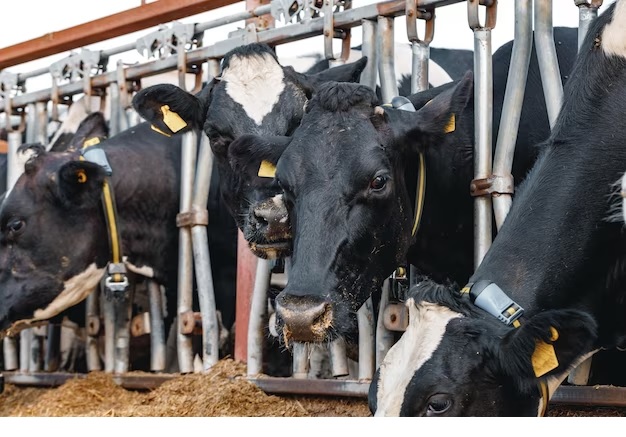Cattle yards have long been a staple in the agricultural industry, serving as critical points for the management, sorting, and care of livestock. However, the evolution of these spaces has been significant, especially in the wake of technological advancements and a growing emphasis on sustainable practices. This article delves into how modern cattle yards are embracing these changes, transforming not only their physical structures but also the methodologies employed within them.
Historical Perspective and Recent Developments
Traditionally, cattle yards were simple, functional spaces designed for the primary purpose of handling livestock. They were often constructed from locally available materials, with a focus on durability and ease of use. Over time, as agricultural practices evolved, so did the design and function of these yards.
In recent years, there has been a noticeable shift towards incorporating more sustainable practices in cattle yard design. This includes the use of recycled materials, energy-efficient systems, and layouts that reduce the stress on animals, thereby promoting better health and productivity. The integration of technology has also played a pivotal role in this evolution. Advanced software systems are now used for tracking livestock, managing breeding programs, and ensuring optimal health care.
Sustainability in Design and Operation
One of the most significant trends in modern cattle yard design is the focus on sustainability. This includes the use of renewable energy sources, such as solar panels, to power the yard’s operations. Water conservation techniques, such as rainwater harvesting and recycling systems, are also becoming increasingly common.
Another aspect of sustainable design is the emphasis on animal welfare. Modern cattle yards often feature designs that mimic natural environments, reducing stress and promoting natural behaviours among the livestock. This not only benefits the animals but also leads to higher quality produce, a factor that is becoming increasingly important to consumers.
Technology and Efficiency
The implementation of technology in cattle yards has revolutionised many aspects of livestock management. RFID tagging, for example, allows for precise tracking of individual animals, making it easier to monitor their health, breeding status, and location within the yard. Automated feeding and watering systems ensure that the animals receive the right amount of nutrition and hydration, which is essential for their well-being.
Improving Livestock Health and Productivity
A key benefit of modern cattle yard design is the impact on livestock health and productivity. Stress-free environments, coupled with improved nutrition and health monitoring, result in healthier animals. This, in turn, leads to better yields, whether in terms of meat, milk, or breeding capabilities.
Incorporating best practices in livestock handling and care not only improves the wellbeing of the animals but also enhances the overall efficiency of the yard. This includes training staff in humane handling techniques and ensuring that the design of the yard facilitates easy and safe movement of the animals.
Looking to the Future: The Role of Innovation
As the agricultural sector continues to evolve, the role of innovation in cattle yard design and management becomes increasingly important. From advancements in sustainable materials to the development of smart technologies for monitoring and managing livestock, the possibilities are vast. This continuous innovation ensures that cattle yards remain not only relevant but also at the forefront of agricultural efficiency and sustainability.
Conclusion
The modern cattle yard designs and technologies have come a long way from their humble beginnings. Today, they are complex systems that balance efficiency, sustainability, and animal welfare. As the world continues to grapple with environmental challenges and a growing demand for ethically produced goods, these advancements in cattle yard design and operation play a crucial role in meeting these needs.
For further insights into this topic, the history of agriculture and livestock management provides valuable context and understanding of how far we have come in this field.


